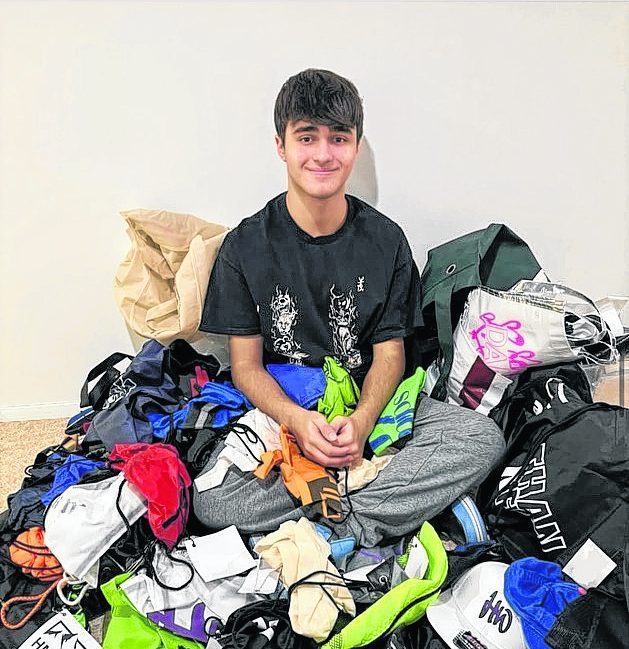After more then a decade of litigation, the US government last week released 198 photographs of alleged detainee abuse in Iraq and Afghanistan—but the most damning pictures still remain hidden from the public eye, a civil liberties group has said.
The release stems from a lawsuit brought by the American Civil Liberties Union in 2004. But they represent only a sliver of the estimated 2,000 images the ACLU has sued to be made public.
The photos are not overly graphic. Most images show close-up shots of bruises on detainees’ arms, legs, feet, hands that appear to be rather harmless injuries. Some men are seen blindfolded and in restraints. Human rights groups argue that the bumps and bruises were a result of torture and abuse perpetrated on behalf of the US military.
“[Friday’s] release illustrates just a small portion of the real-life horror story that was the U.S. government’s practice of torture,” Naureen Shah, director of Amnesty International USA’s Security and Human Rights Program, said in a statement. “Prosecutors should review these and other documents for evidence of torture and other ill-treatment. These photos are not only reminders of torture committed by U.S. personnel, they may provide potential new evidence of criminal wrongdoing.”
The ACLU criticized the government for its “selective release” of the photos, which, it argues, could “mislead the public about the true scope of what happened.”
What occurred while the detainees were in military custody when President George W. Bush launched the War on Terror is not fully known. But the ACLU says some of the photos yet to see the light of day depict an elderly Iraqi woman’s alleged sexual abuse, a teenager’s mock execution, and the fatal shooting of an Iraqi farmer by a US soldier. While the free-speech organization hasn’t seen the photos, the incidents they describe are detailed in military documents. According to reports, the Pentagon said 14 of the incidents have been substantiated.
President Obama originally said in 2009 that the White House would release the photos but reversed course on the advice of US military officials who claimed releasing the images could pose a danger to US personnel overseas and further inflame tensions in the Middle East.
The ACLU lawsuit came months before photos documenting torture and abuse at Abu Ghraib prison outside Baghdad were splashed on the front page of newspapers. Some of the photos depicted naked prisoners piled on top of each other like a pyramid, detainees standing in stress positions, and one of a leashed detainee sprawled on the ground. The scandal led to the conviction of 11 US soldiers. Ever since, the ACLU has been fighting to have upwards of 2,000 photos released.
A federal district court in March 2015 ordered the entire collection of photos released but the government has since appealed. The case is still in the courts.
“The Abu Ghraib photos illustrated the power that visual evidence has to galvanize public attention and concern, and ultimately lead to important, albeit insufficient, efforts at accountability and reform,” the ACLU said. “The same can be said about recent videos depicting police abuse, which have fed a critical national conversation about racial justice. Images make it much harder for us to turn a blind eye to injustice.”
Torture of US prisoners was brought back into the fore in late 2014 when the Senate Intelligence Committee released its long-awaited torture report, which concluded that enhanced interrogation methods were ineffective, deeply flawed and “far more brutal” than the government previously disclosed to the American public and lawmakers.
Last December, Human Rights Watch published a report titled “No More Excuses,” which outlined legal justification for an investigation—and prosecution—of the post-9/11 CIA torture masterminds.
(Photo credit: Pentagon/ACLU)

































